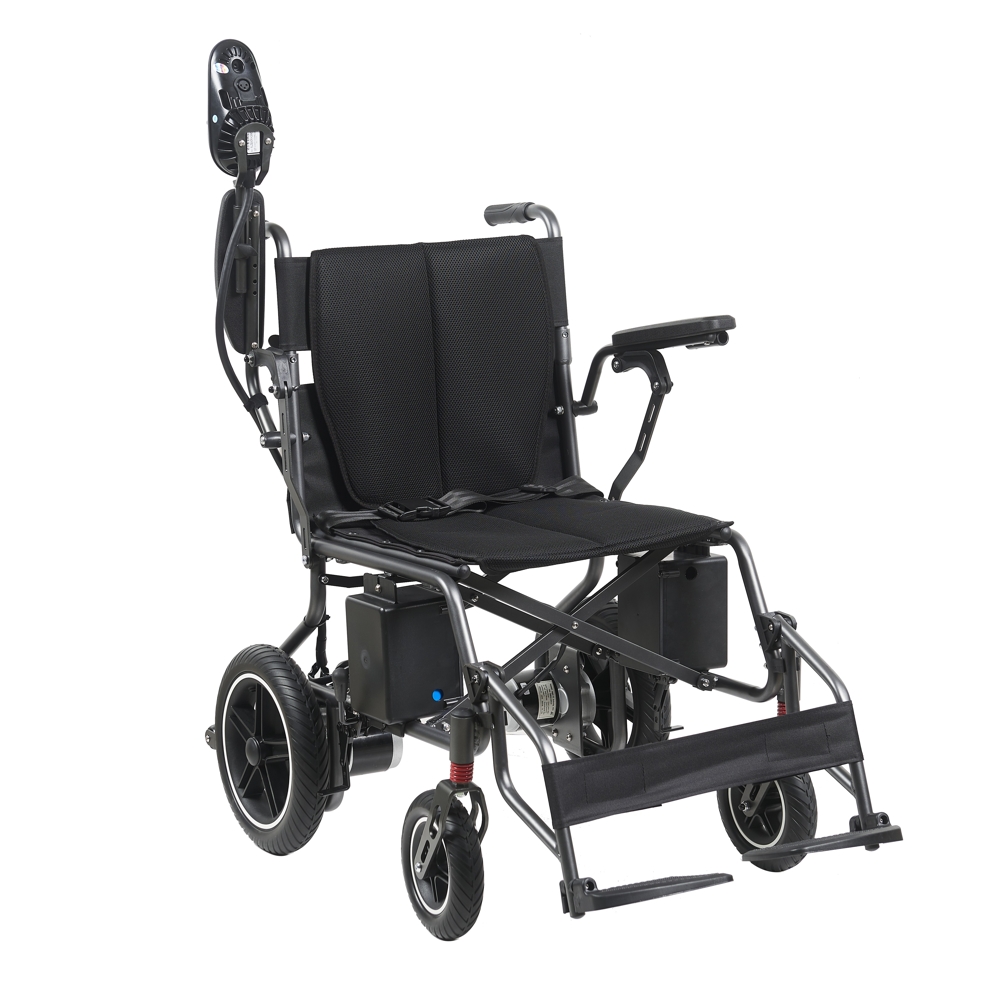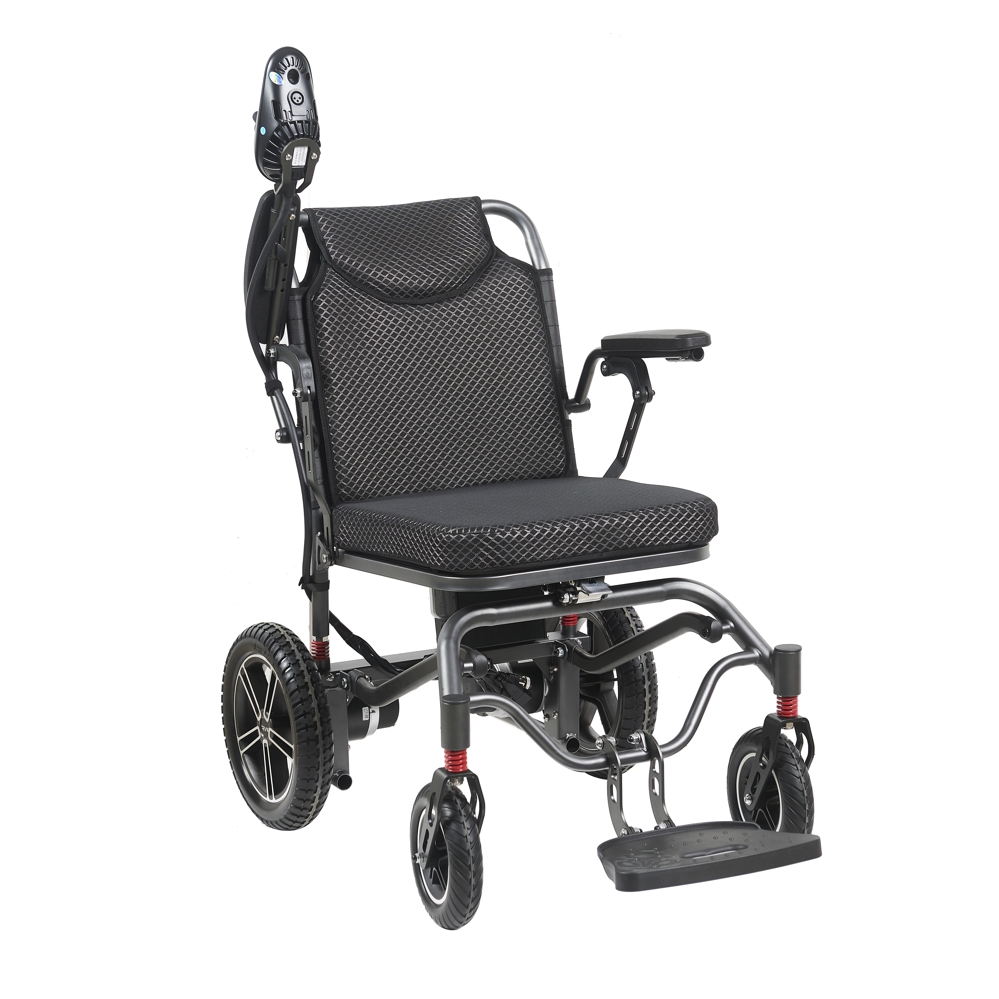Aspects considered most while you are choosing a wheelchair
Choosing a wheelchair involves considering several important factors to ensure comfort, mobility, and independence. Here are some of the key aspects to take into account:
1. Type of Wheelchair:
- Manual Wheelchair: Requires the user to propel it using hand rims on the wheels. Ideal for individuals with upper body strength.
- Electric/Power Wheelchair: Powered by a battery, typically used by individuals who cannot propel a manual wheelchair.
- Transport Wheelchair: Lightweight and designed for short-term use or when someone else will be pushing.
- Sports Wheelchair: Designed for activities like basketball or tennis, offering maneuverability and speed.
2. User's Physical Abilities:
- Upper Body Strength: If the user can propel the wheelchair manually or needs assistance for movement.
- Posture and Support Needs: Some users may need additional support for their back, hips, or neck.
- Pressure Relief: Considerations for individuals with limited sensation or those at risk for pressure sores (cushions and seating systems).
3. Size and Fit:
- Seat Width and Depth: A wheelchair that fits the user properly will prevent discomfort and injury.
- Seat Height: Some users may need a higher or lower seat for easy transfers or to reach certain areas (e.g., desk height).
- Footrests and Armrests: Adjustable or removable footrests, armrests, or footplates to fit the user’s body and comfort.
4. Terrain and Environment:
- Indoor vs. Outdoor Use: Some wheelchairs are optimized for indoor use (e.g., lightweight, compact models), while others are better for outdoor use (e.g., larger wheels, durable frames).
- Terrain: Larger or rugged wheels may be needed for rough or uneven surfaces, while smaller, solid wheels might be sufficient for smooth, indoor flooring.
- Maneuverability: Narrower chairs are easier to navigate through tight spaces, while wider chairs may provide more comfort but be less agile.
5. Weight and Portability:
- Lightweight: Some users may need a lightweight wheelchair for ease of transport or for getting in and out of vehicles.
- Foldability: Many manual wheelchairs can be folded for easy storage and transport.
- Storage Space: Consideration for storage in the home, car, or during travel.
6. Durability and Maintenance:
- Frame Material: Wheelchairs can be made from aluminum, steel, or titanium. Lighter materials like titanium offer greater strength-to-weight ratios but may be more expensive.
- Wheels and Tires: Solid tires are puncture-resistant but can provide a rougher ride, while pneumatic tires are smoother but may require more maintenance.
- Maintenance Requirements: Power wheelchairs may need more regular maintenance than manual models, especially if they have complex electronics.
7. Cost and Insurance:
- Insurance Coverage: Make sure the wheelchair you are considering is covered by health insurance or other financial assistance programs.
- Upfront and Ongoing Costs: Consider the cost of the wheelchair itself as well as potential maintenance or replacement parts.
8. Additional Features:
- Adjustable Seating Systems: Some wheelchairs offer seating systems that can be adjusted to provide additional comfort or posture support.
- Customization: Some wheelchairs can be customized with features such as special cushions, headrests, backrests, or joystick controls for powered chairs.
- Accessibility Features: Wheelchairs with features like elevating footrests, reclining backs, or tilt-in-space mechanisms can improve comfort and quality of life.
分享
推荐文章
暂无数据



